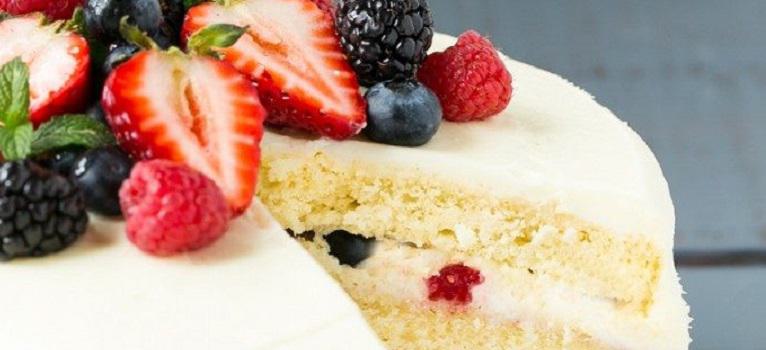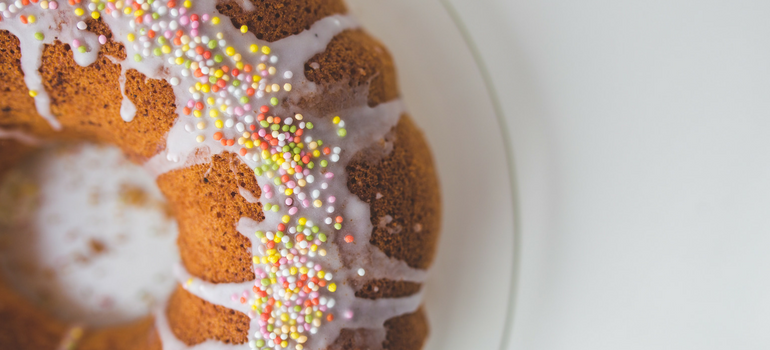




 We hope that you've found some solutions to your most dealt with cake-baking issues by reading this article. From dry cake to cracked cake, we're confident that anything you bake will taste great when made with love! Reference this guide before your next cake baking session and ensure that your baked treat comes out tasting and looking better than ever. From everyone at Bob's Red Mill, happy baking!
We hope that you've found some solutions to your most dealt with cake-baking issues by reading this article. From dry cake to cracked cake, we're confident that anything you bake will taste great when made with love! Reference this guide before your next cake baking session and ensure that your baked treat comes out tasting and looking better than ever. From everyone at Bob's Red Mill, happy baking!